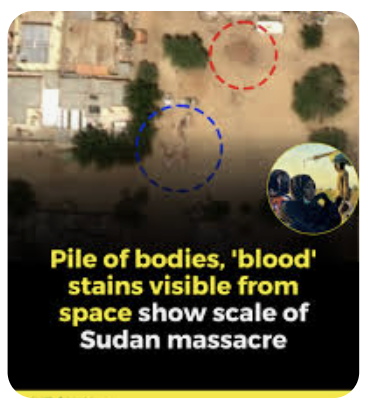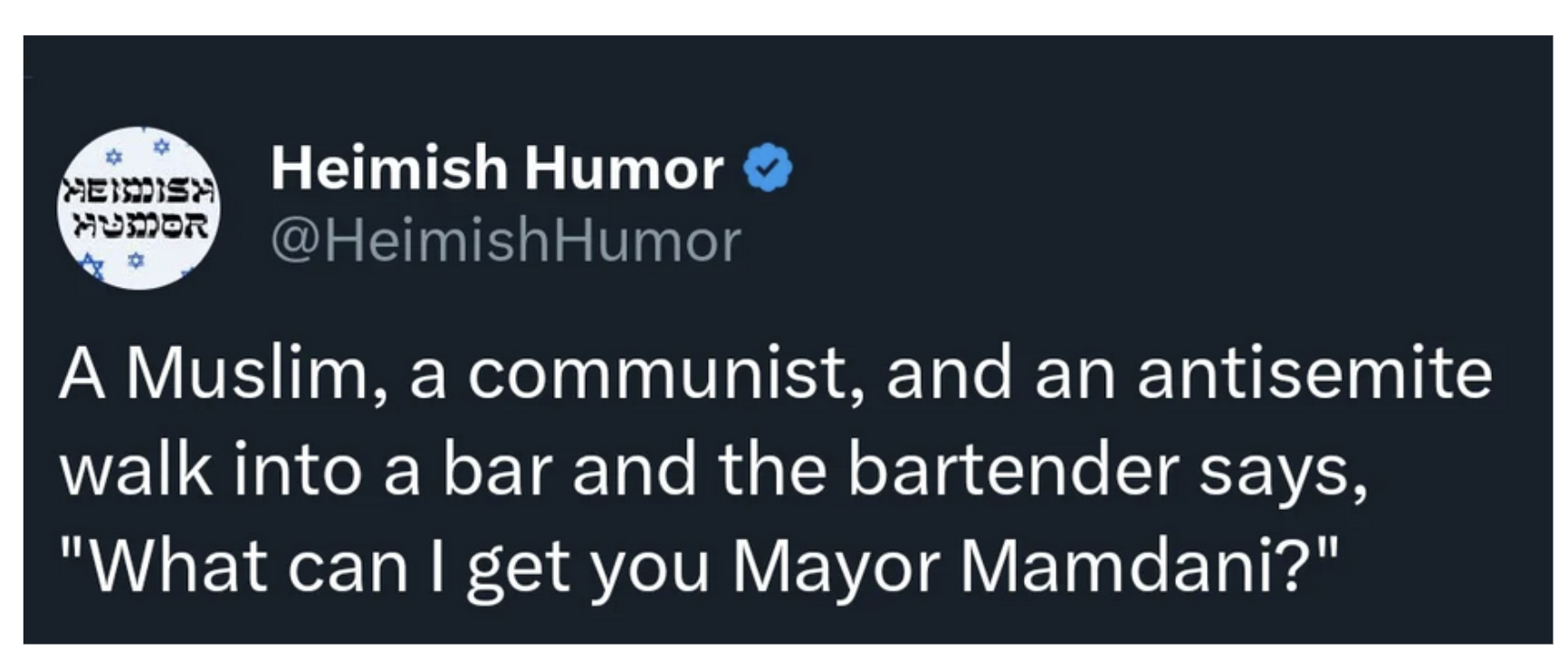In the wake of the October 25, 2023 mass shooting in Lewiston, thousands of Mainers and donors across the country collectively contributed more than $6.6 million to support victims, families, and the community. More than two years later, questions persist about where almost a third of those funds have gone.
The Maine Community Foundation (MCF) was identified as the primary organization to collect and distribute the relief funds, which were promoted as a way to directly help those most affected by the tragedy. Its distribution of this money is what has led many to wonder aloud why a portion of the funds was sent to seemingly unrelated groups.
Financial records show that $4.7 million was eventually distributed to survivors and to the families of the deceased. However, approximately $1.9 million of the total went to nonprofit organizations rather than directly to victims. The decision to divide the funds in this way has raised questions from community members, survivors, and former state officials regarding transparency and oversight of the distribution process.
The nonprofit portion of the funding was directed by a steering committee assembled as part of the recovery effort. The committee included leadership from United Way of Androscoggin County, Gateway Community Services Maine, the Somali Bantu Community Association, and Tree Street Youth. Each of those organizations later received more than $65,000 in relief funds.
Although MCF publicly stated that part of the donation pool was intended to support long-term community recovery, the foundation has not provided detailed explanations of how potential conflicts of interest were identified or addressed during the allocation process. Survivors and family members have said that they believed the relief donations would primarily, and in some cases exclusively, support those directly harmed by the shooting.
Gateway Community Services Maine received more than $65,000, in addition to $42,000 it had already received from MCF earlier in 2023. The organization’s affiliated for-profit division has been involved in a reimbursement dispute with the Maine Department of Health and Human Services concerning more than $700,000 in questioned MaineCare billing.
The Somali Bantu Community Association also received more than $65,000. Tax filings show payments from the organization to family members of its co-founder, and the group holds multiple state-funded service contracts. This Maine Wire reporter visited location on Monday, seeking comment on how the funds were used. I was told that the staff accountant would be in contact, the Maine Wire has not heard back.
United Way of Androscoggin County was awarded more than $65,000 from the relief pool, while also receiving $312,593 in donor-restricted contributions specifically designated for Lewiston shooting response. Records indicate that a substantial portion of these Lewiston-designated funds remained undistributed as of late 2024. Some survivors stated they have not been contacted by the organization regarding support services.
Tree Street Youth received more than $65,000, in addition to the more than $1 million it receives annually through government grant funding. When the nonprofit awards were announced, Tree Street Youth director Julia Sleeper said, “These organizations are crucial to the fabric of our community and to the recovery process.”
However, several survivors and affected family members reported that they did not recall receiving outreach or services from the group following the shooting. The Maine Wire also visited this organization on Monday, was told the CEO would respond to our questions, we did not hear back prior to publication.
Two other organizations, the AK Collaborative and Generational Noor, each received awards of more than $65,000 as well. Public filings do not show state charitable registrations for either group, and both appear to have had limited ongoing operations after receiving the funds. The AK Collaborative’s online presence ceased activity in 2024, while Generational Noor relocated its office into the same location as Gateway Community Services.
The Maine Community Foundation has directed inquiries to its general public reporting and previous statements, but it has not released additional documentation addressing how committee members participated in allocation decisions related to their own organizations.
Former Maine Gov. Paul LePage (R) has publicly questioned how the $1.9 million in nonprofit-directed funds was allocated. LePage has sought a clearer accounting of how the organizations were selected, what criteria were used to determine funding levels, and what oversight was conducted after the awards were made.
“Victims and families should receive a full investigation into what was communicated both to them and donors by the Foundation, why these unconnected groups received cash, and how it was spent. These families deserve answers,” LePage said.
Jennifer Zanca, who was shot in the arm during the shooting, said she learned that nonprofits received more funding than she did while she faced an unpaid $93,000 hospital bill that her insurance denied.
“I am torn between gratitude for the support, then angered when I was facing a $93,000 outstanding hospital bill that was denied by insurance,” Zanca said.
Survivors and families have stressed that they are not asking for funds to be retracted from organizations at this time. Instead, they say they are seeking clarity about how relief funds were managed, whether donor intent was followed, and whether the steering committee’s process included sufficient safeguards to prevent conflicts of interest.
The central issue for many remains whether the distribution of nearly $2 million in nonprofit support aligned with the expectations of donors who believed they were contributing directly to victim recovery. Families and survivors continue to call for greater transparency, including a detailed record of how each nonprofit used the funds it received and what specific services were delivered as a result.















